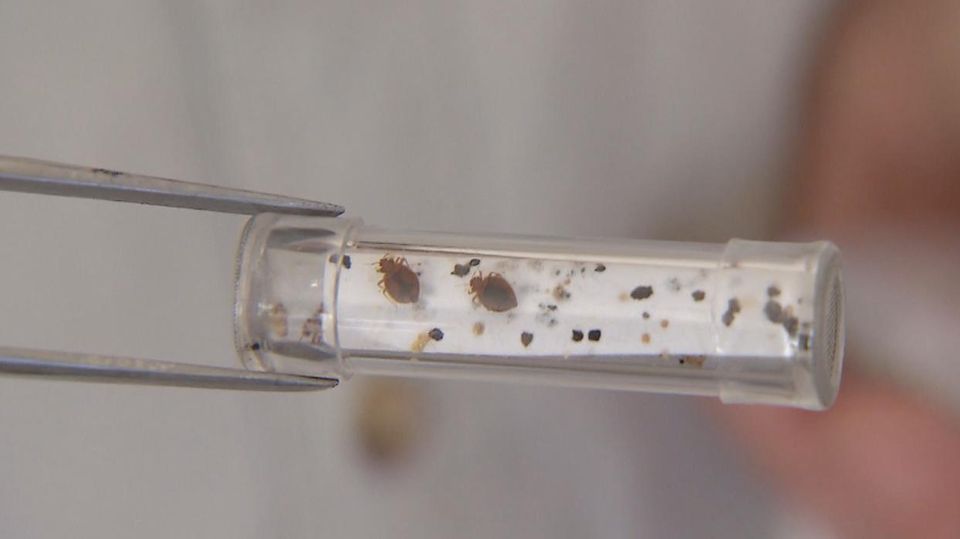vermin
Plague in Paris: How Bed Bugs Spread and How to Get Rid of Them
Watch the video: Bed bug plague – reporter reveals what you need to know about the little insects and how to get rid of them.
Bed bugs almost disappeared in the 1950s, but now they are back more numerous than ever. Not only environmentally friendly insecticides contribute to this, but also Airbnb and climate change.
People who would rather stand than sit on the empty seat in the metro, cinema seats that are covered with cling film – more and more such photos from Paris are appearing on social media. Behind this is a plague of bed bugs in the French capital. Eleven percent of apartments in France were said to have been infested with bed bugs between 2017 and 2022, according to the French health authority Anses. Public facilities are not included here.
Bed bugs measuring four millimeters in size can hardly be seen with the naked eye. The six-legged parasites like to frolic in warm and dark places, such as our beds. This is where the light-shy bugs strike – or rather, bite. The hives caused by their bites are itchy, painful, and can become infected if you scratch them. Allergic reactions to bedbug bites are also possible.
Bed bugs are not considered pests in Germany
It is a common misconception that Cimex lectularius, as the common bed bug is also called, occurs due to poor hygiene. They occur regardless of hygienic conditions and can infest even the most well-maintained rooms. The bugs feed exclusively on blood and, once they have gorged themselves, can survive without blood for several months. It is not known to what extent bed bugs are widespread in Germany. In this country, bed bugs are not listed as pests, which is why infested households do not have to report them. For example, in apartment buildings they can move and spread unnoticed through tiny gaps in the walls.
However, bed bug plagues are by no means a new phenomenon. The parasites are said to have existed over 3,500 years ago, in the age of ancient Egypt, as archaeological finds show. Since the 1950s, bed bugs were considered almost eradicated thanks to the insecticide dichlorodiphenyltrichloroethane (DDT). At the beginning of the 1970s, the use of DDT was banned in Germany. At that time, the highly toxic chemical was still added to wall paint, wallpaper and wood preservatives in the GDR. In 1988 it finally became widespread in the GDR and thus throughout Germany.
Why are there more and more bed bugs?
The more environmentally friendly insecticides approved in the EU today do not appear to be sufficient to counteract the spread of bed bugs. But there are even more reasons why the wingless parasites are wreaking havoc in more and more places – such as climate change. As temperatures continue to rise, bed bugs also feel more and more comfortable.
Sharing economy offerings also contribute to the migration of bedbugs. If you shop at second-hand stores, you often get bedbugs for free. And anyone who likes to travel and stays in hotels or Airbnb apartments could unknowingly share a bed with the parasites. The French government has published a list of various measures to ensure that they do not end up going home with them after the trip.

This helps against bed bugs
Accordingly, travelers should, if possible, place their luggage on suitcase holders provided for this purpose and not on the floor or bed. In general, the authority advises against leaving items of clothing on hotel or holiday apartment beds without first thoroughly inspecting them for bed bugs. After returning from a trip, tourists should wash their textiles as hot as possible at 60 degrees. This also applies to clothing that has not been worn.
If none of this helps, the pest controller should come. Here, one visit is often not enough to catch all the bugs and the eggs and larvae they lay.
Sources: Federal Environment Agency, Mirror, Southgerman newspaper


